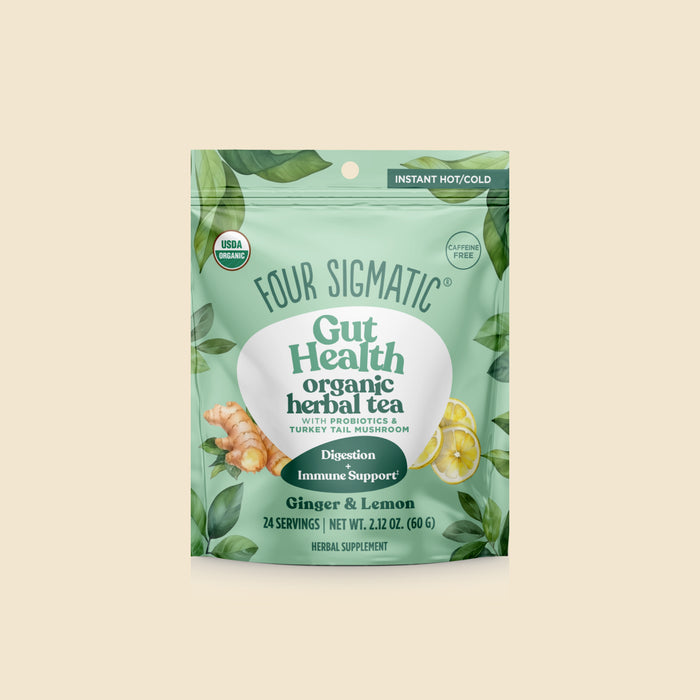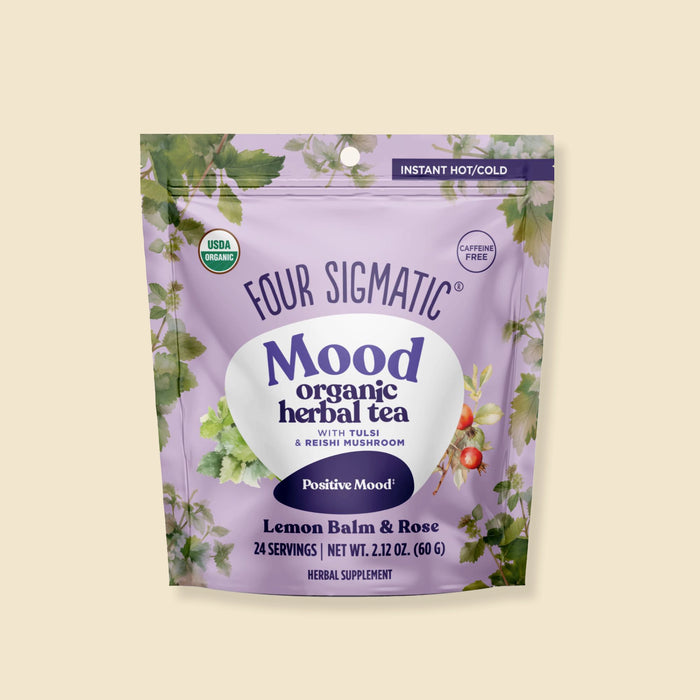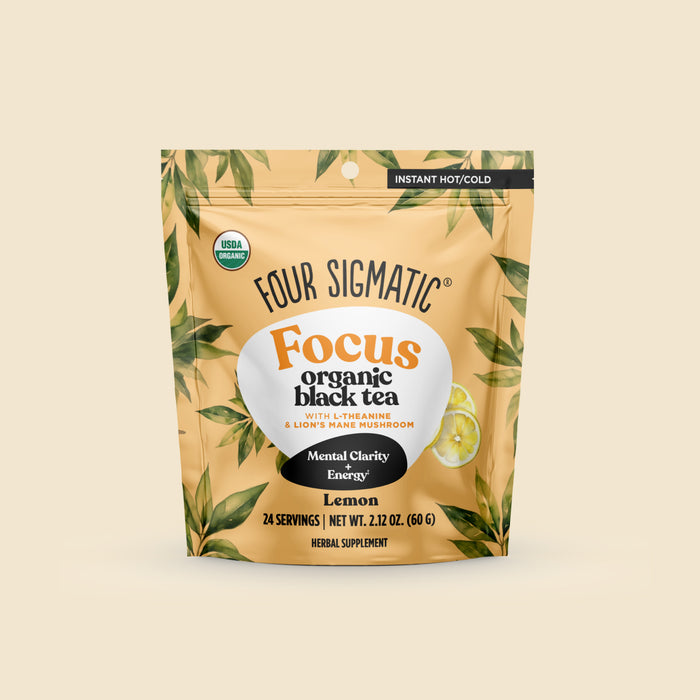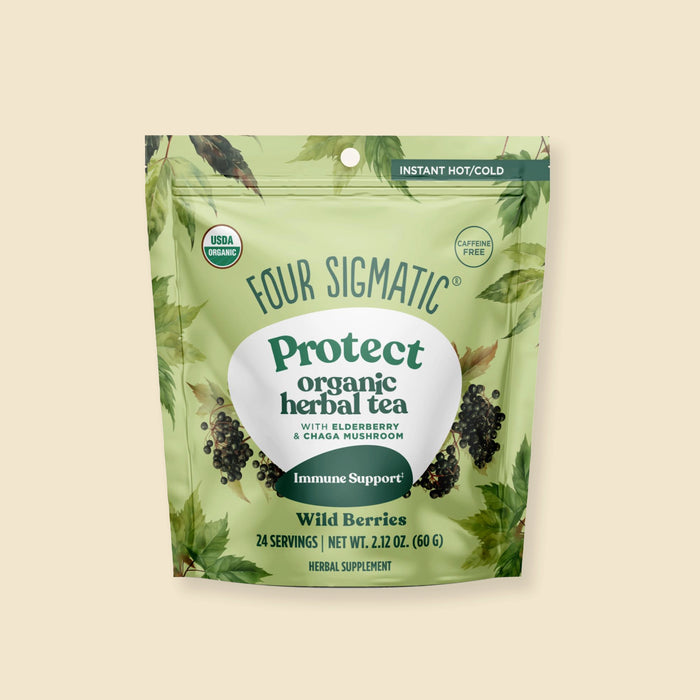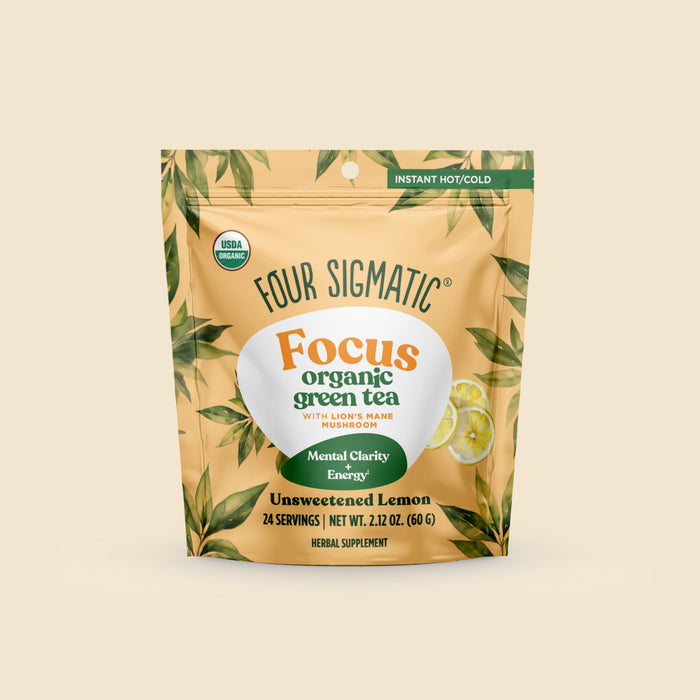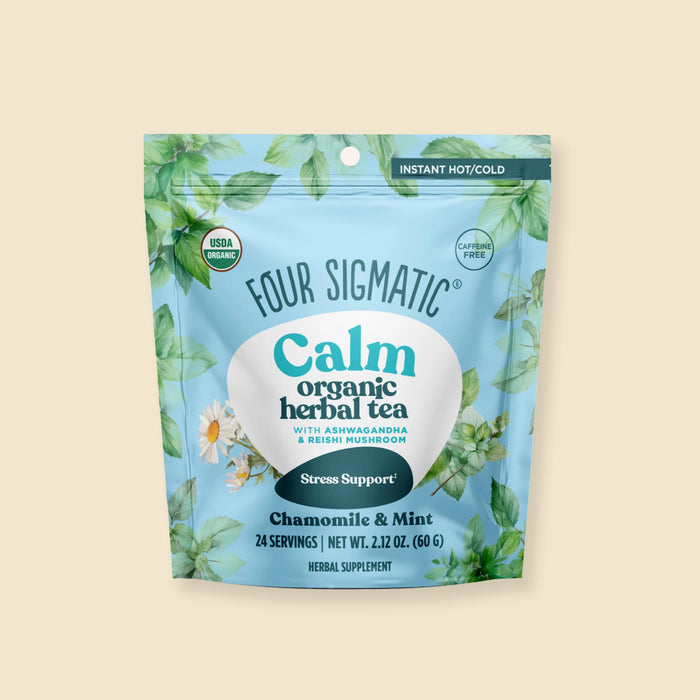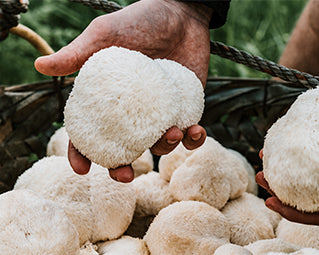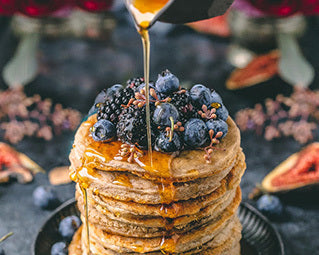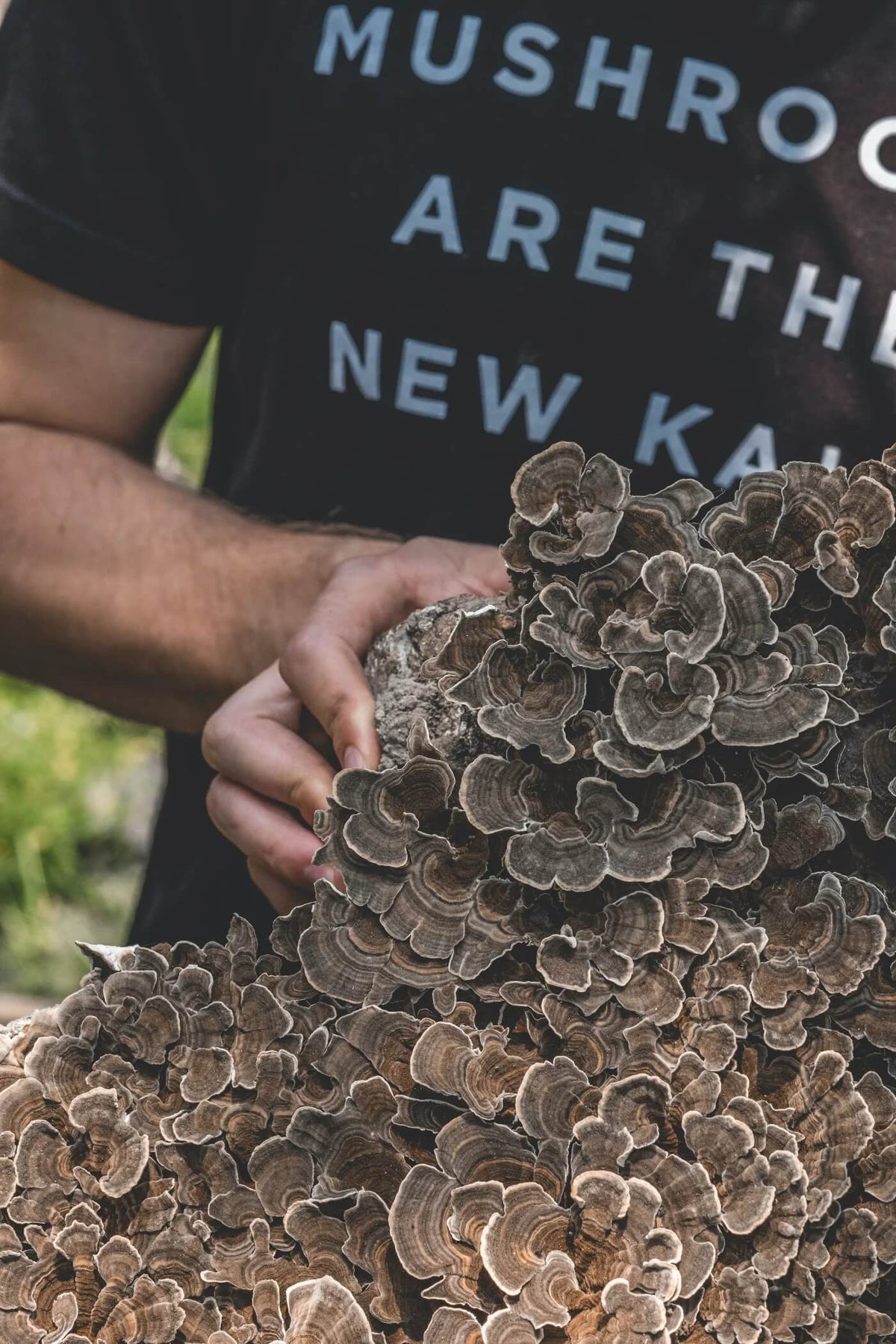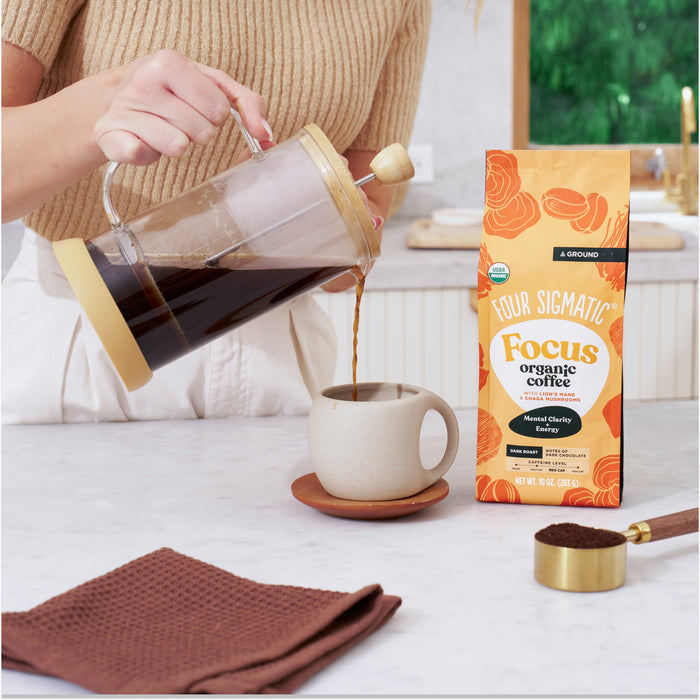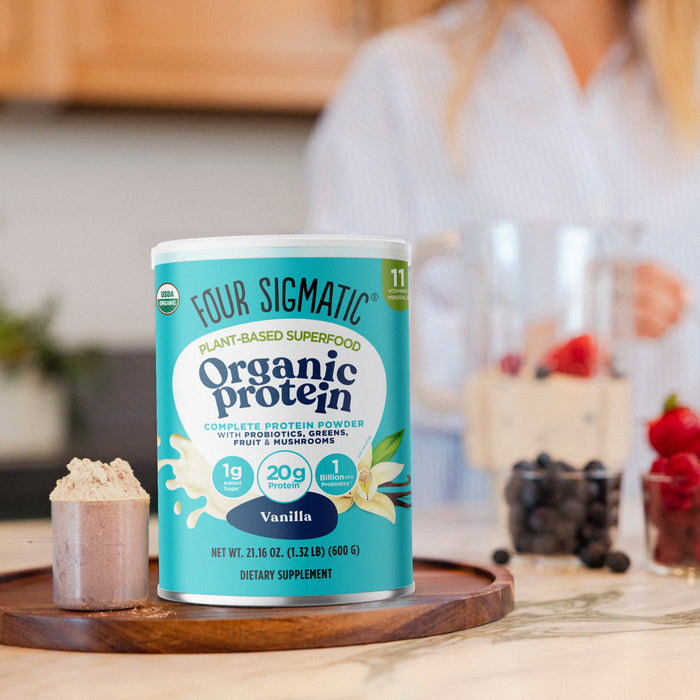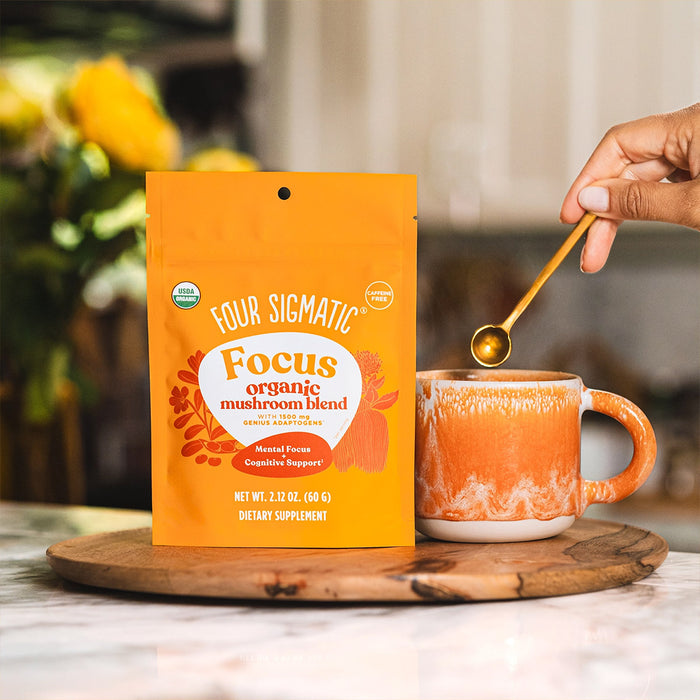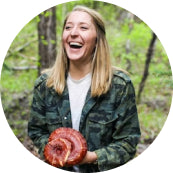Many of you have asked why we use fruiting bodies. This topic matters so much to all of us (and for you) that I am putting it all on paper for you to really grasp.
Let’s start by laying out a few things:
Functional mushrooms have been used by humans for 5,000+ years in culture across the world from Europe to China.
The mushroom marketplace is dominated by products that don’t actually contain any real mushrooms (more officially known as the “fruiting body”). Instead, products are made of mycelium, essentially the “root system” of the mushroom, and contain no mushrooms at all. Yet in all the thousands of years, humans have used mushrooms, every single culture has always and only used the fruiting body exclusively - not the mycelium.
This means that the vast majority of clinical studies, every traditional herbal medicine text, all folklore, lineage, and cultural traditions of using mushrooms have always been the fruiting body.
While fruiting body research has thousands of years to back it, mycelium is a brand new emerging field with only 20-30 years of research. Existing research shows that fruiting bodies may have 15 times more active compounds than mycelium. By active ingredients, I mean beta-glucans, triterpenes, and ergosterol- the compounds that actually give your body benefits (like focus, energy, immune and stress support, etc.).
Mycelium proponents may argue that although there are fewer active compounds in the mycelium, in nature it has more exposure to "intruders" and therefore has built more (undetectable!) immune factors. Even if this was true, it is impossible to harvest mycelium from nature, so all mycelium products on the market are not exposed to any environmental factors.

All commercially grown mycelium is grown on grain in a sterile laboratory environment, and if exposed to any so-called “intruders”, the entire batch would be considered contaminated and the mycelium would be thrown away.
“Mushrooms” labeled “US Grown” are almost always mycelium-based. But there’s more—they are not the pure mycelium. Mycelium grown in a lab is often grown on a grain substrate, and the grain ends up being a significant portion of the final product. Many so-called mushroom products are up to 90% grain (rice or oats) with 10% mycelium.
So you are basically paying for high starch grain and being tricked into thinking you are getting a functional mushroom! Functional mushrooms naturally grow on wood in nature, so growing them on grain is like feeding cow soy for its entire life when it is supposed to be nourished by grass. Will the meat of a soy-feed cow be as nutritious as a grass-fed cow? You can apply the same analogy for mushrooms.

If you use mycelium, you can’t even call it a “Mushroom” according to the Food and Drug Administration.
Oh, and a couple of reasons why we would use mycelium if we believed in it:
Financial reasons: Mycelium on grains costs ~10x less than organic fruiting body extracts. So if mycelium worked, then we would 100% want to use that in our products. We would make much more money on every order. There's literally no financial incentive for us to use fruiting body extracts over mycelium
Taste reasons: Fruiting body extracts are extremely bitter and earthy, while the mycelium grown on grain tastes mostly like sweet rice... Mycelium is significantly easier to formulate with. Though it would be much easier for us to make delicious drinks with mycelium, we work hard to pair fruiting bodies with other good-for-you ingredients like unrefined cacao and organic coffee to overcome the bitter taste.
For the last 10 years, we’ve been serving up real mushroom fruiting bodies grown on wood, just as they’ve been used since ancient times, in a way that helps everyone to meet the demands of modern life.
Using the fruiting body is incredibly more expensive, time-consuming, difficult to make tasty (it is really bitter in its pure extracted form!), but we want to offer you real mushrooms—extracted fruiting bodies—that have the research and tradition standing behind them.
If you have any other questions, reach out via support@foursigmatic.com
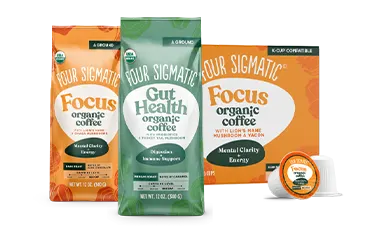 Coffees
Coffees
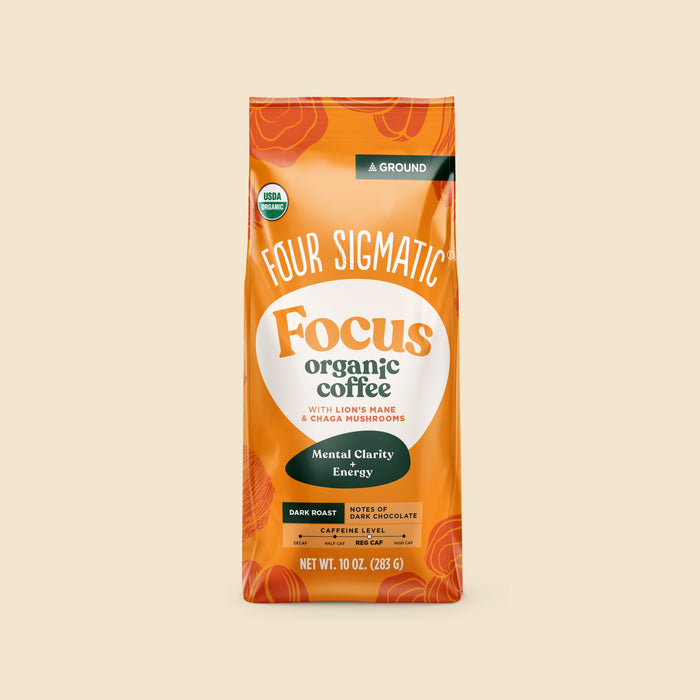
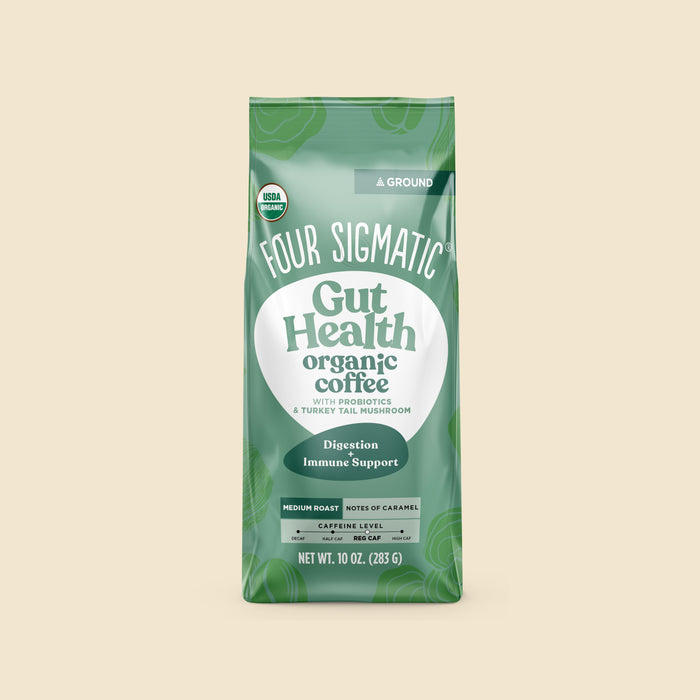
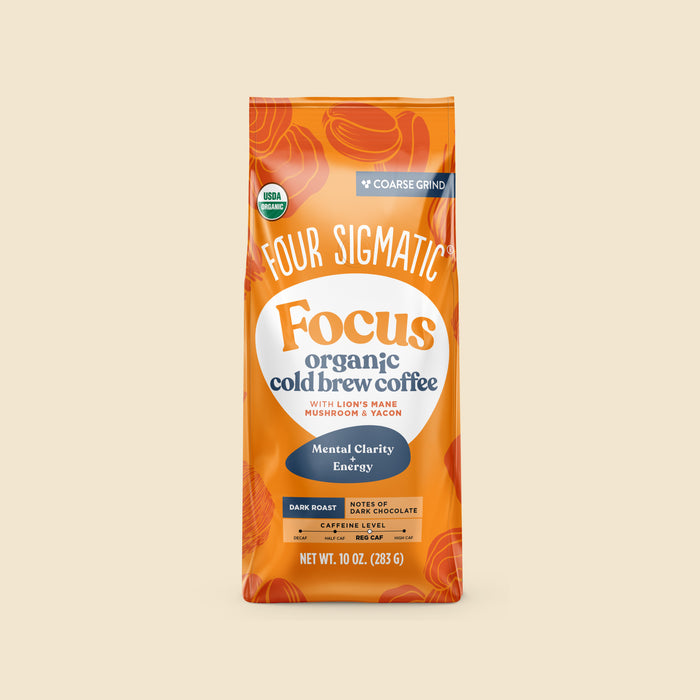
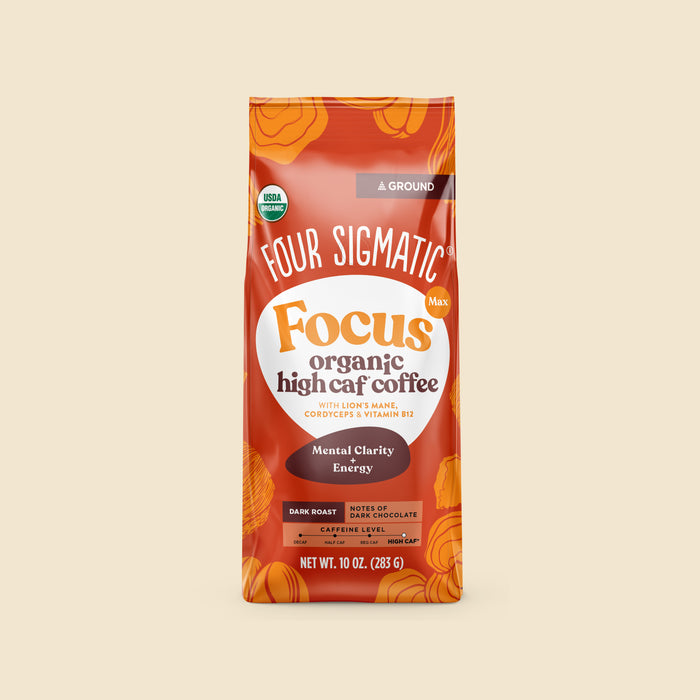
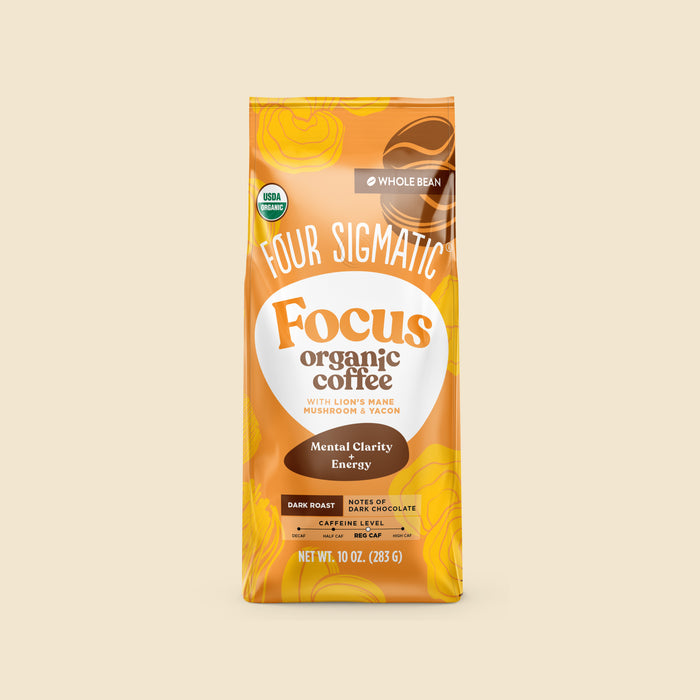
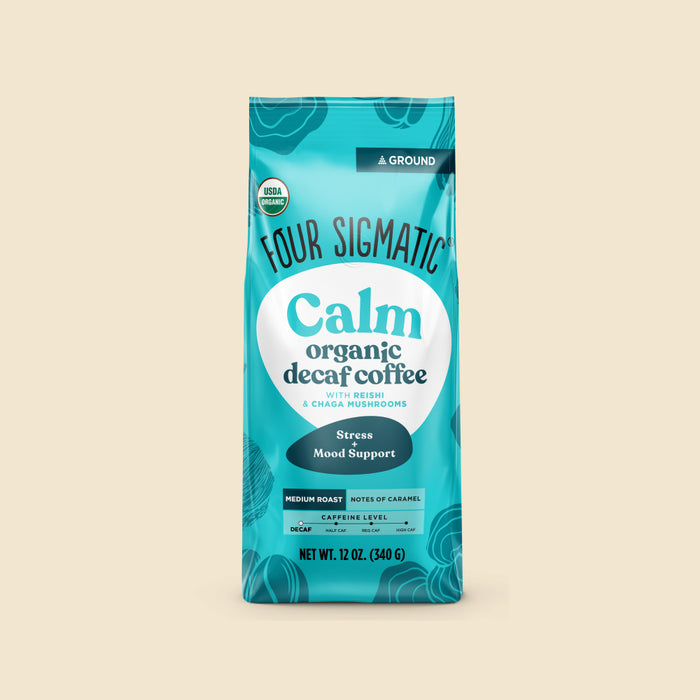
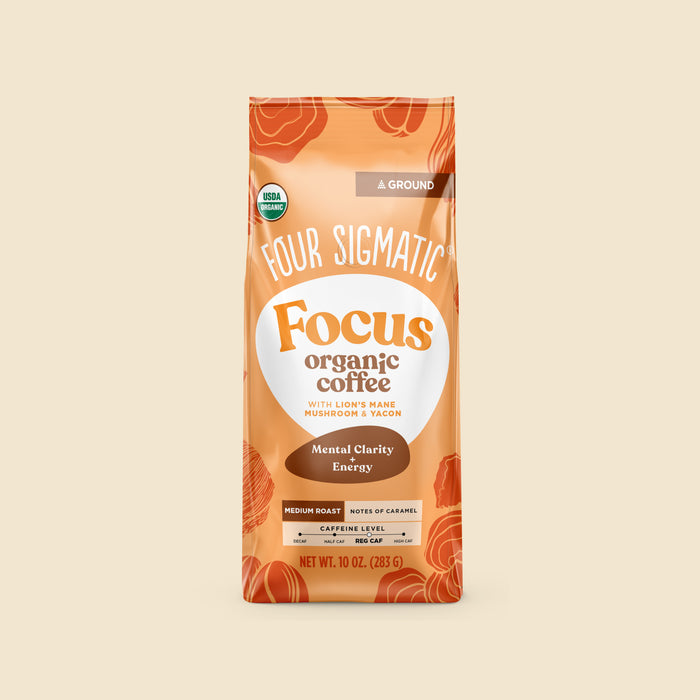


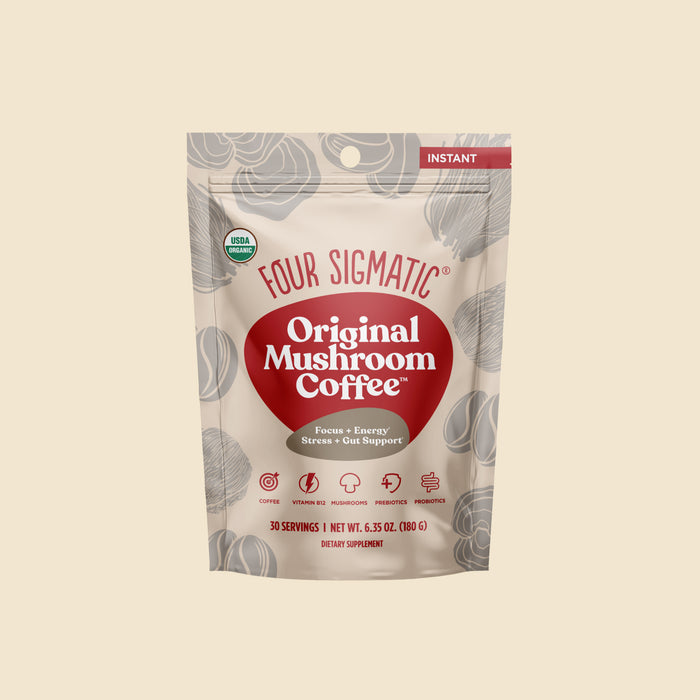
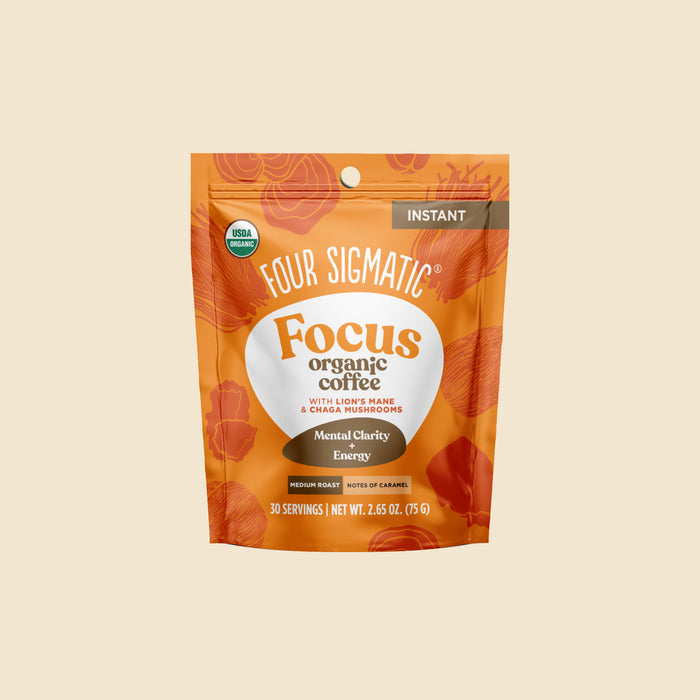
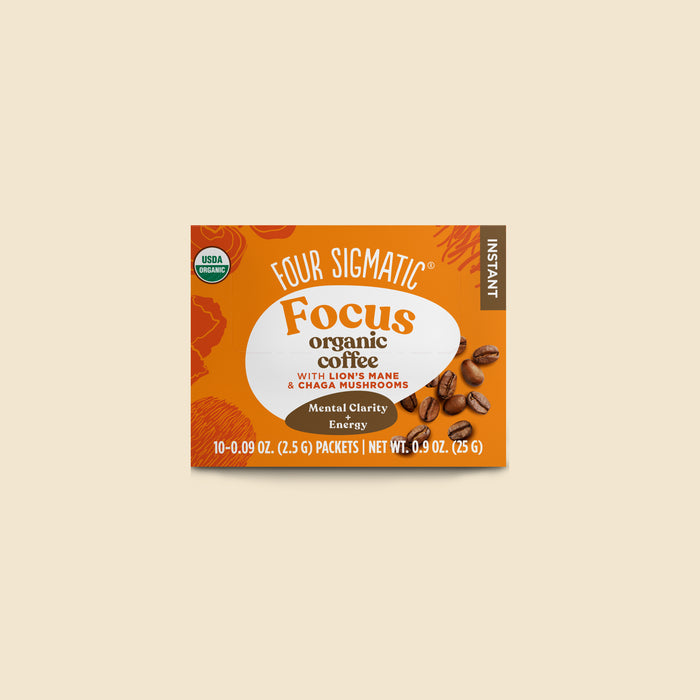
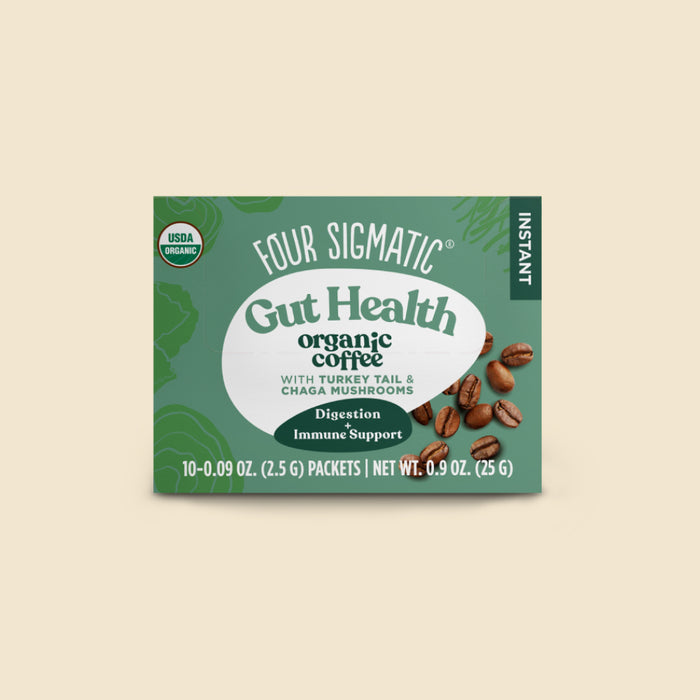
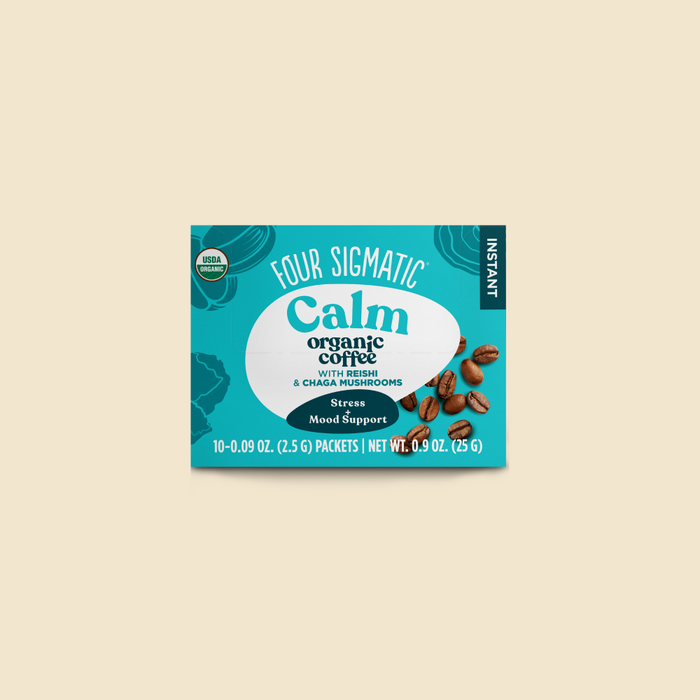
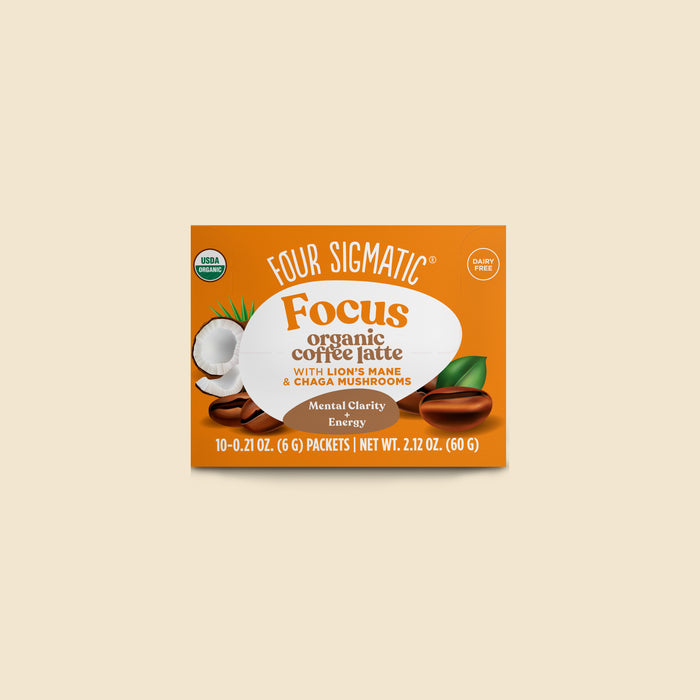
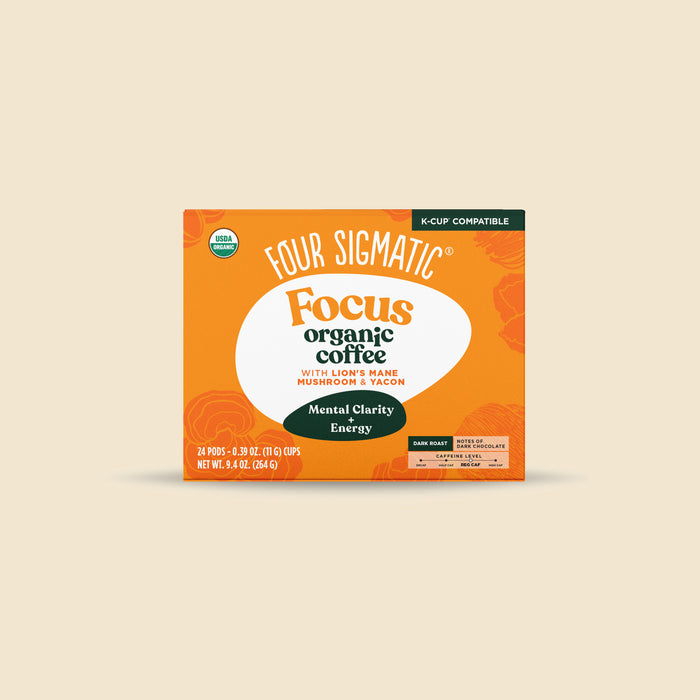
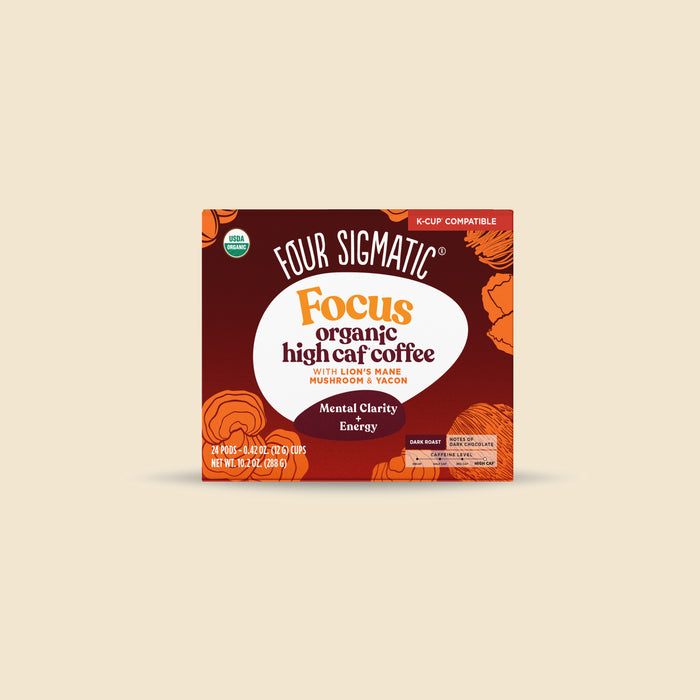
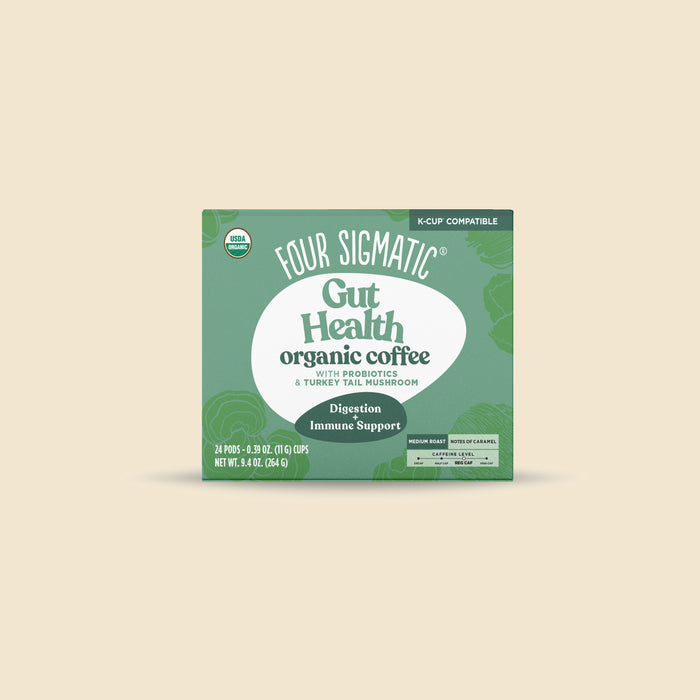
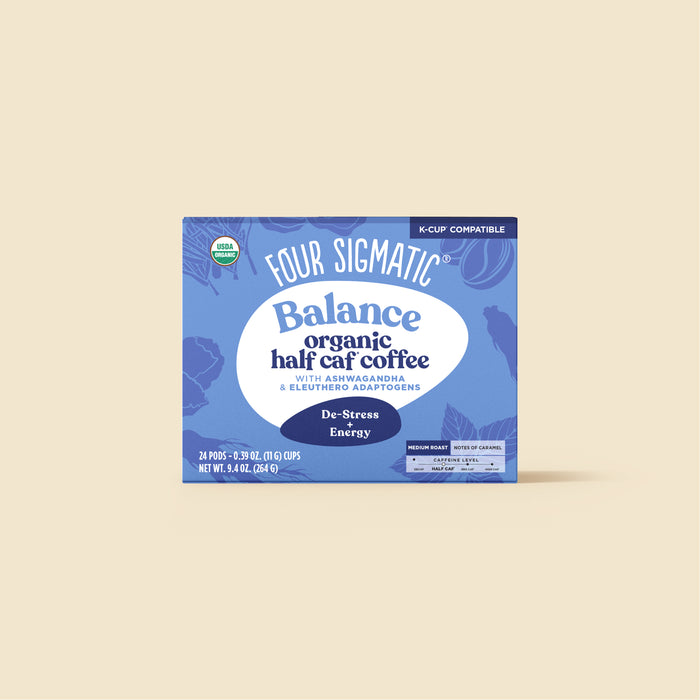
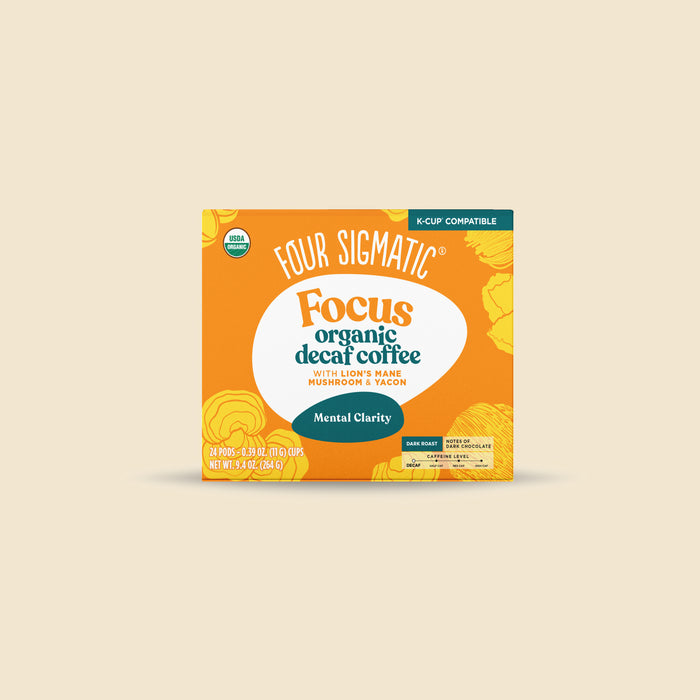
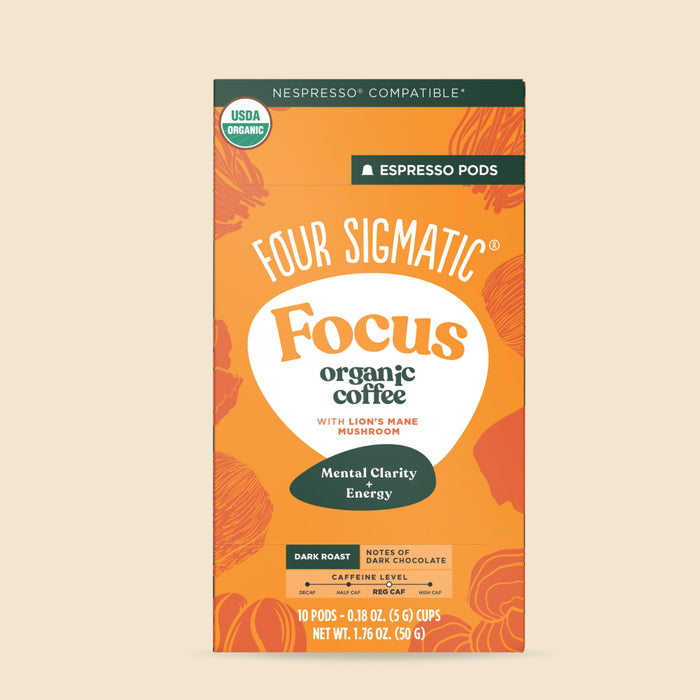
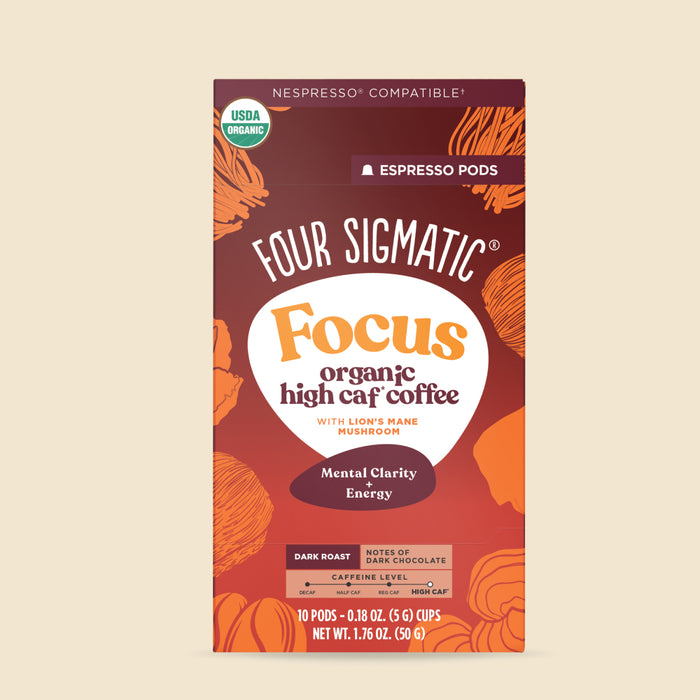
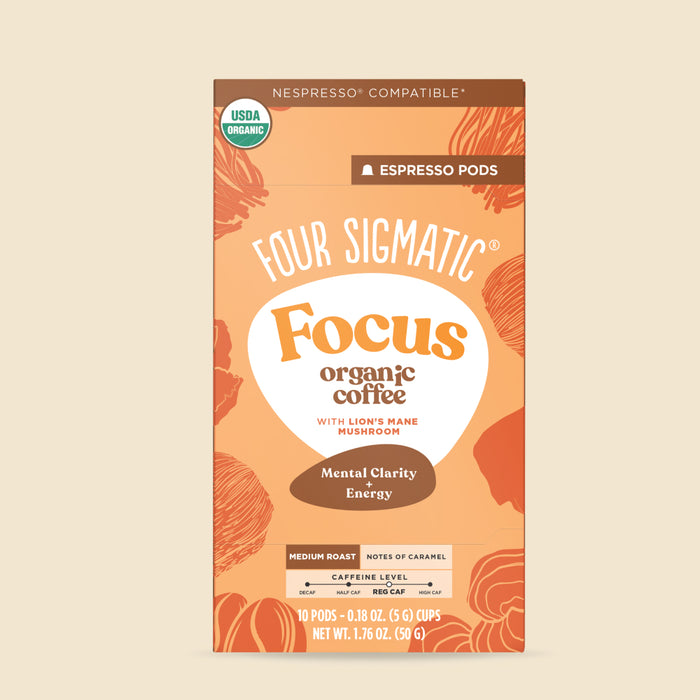
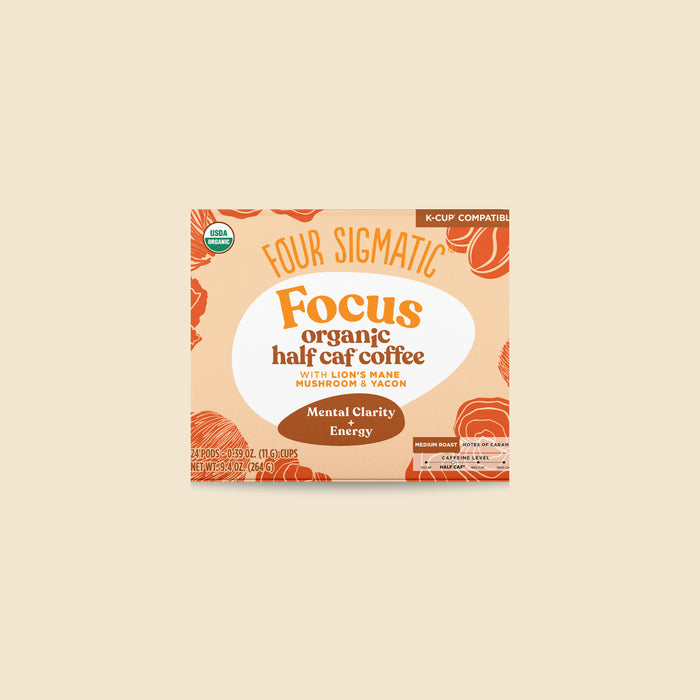
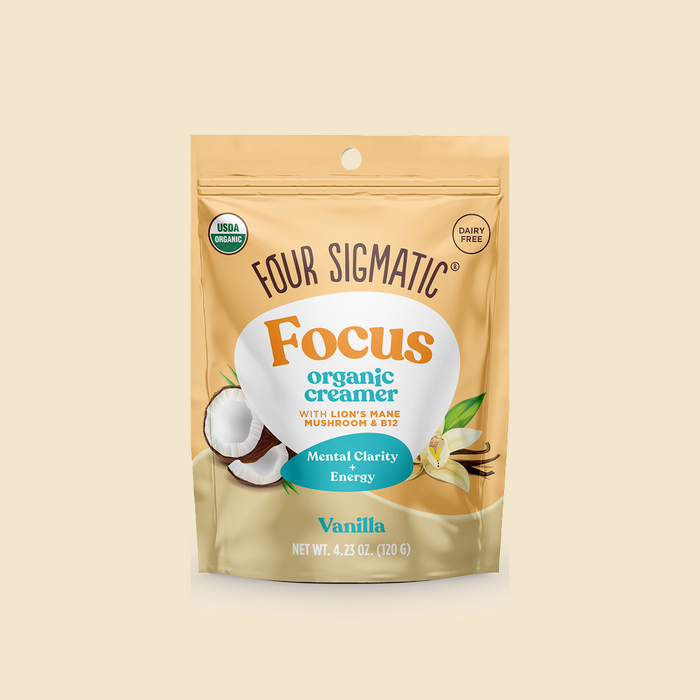
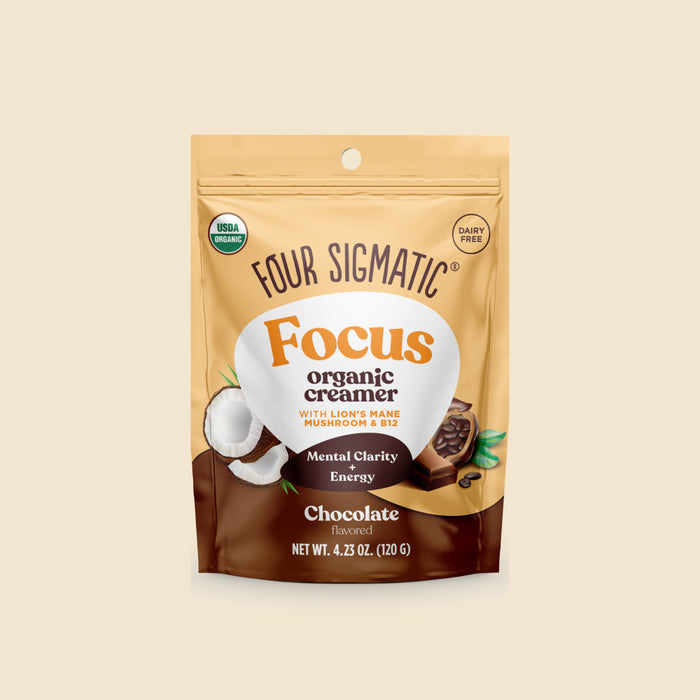
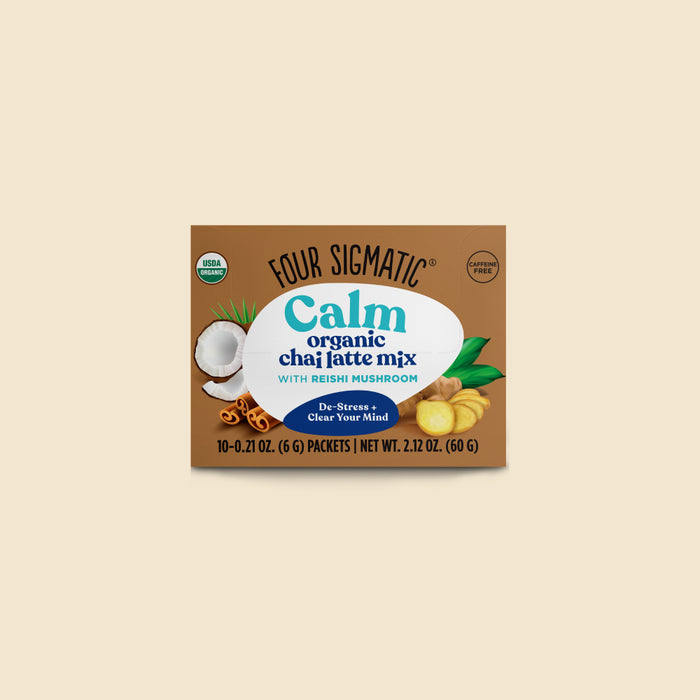
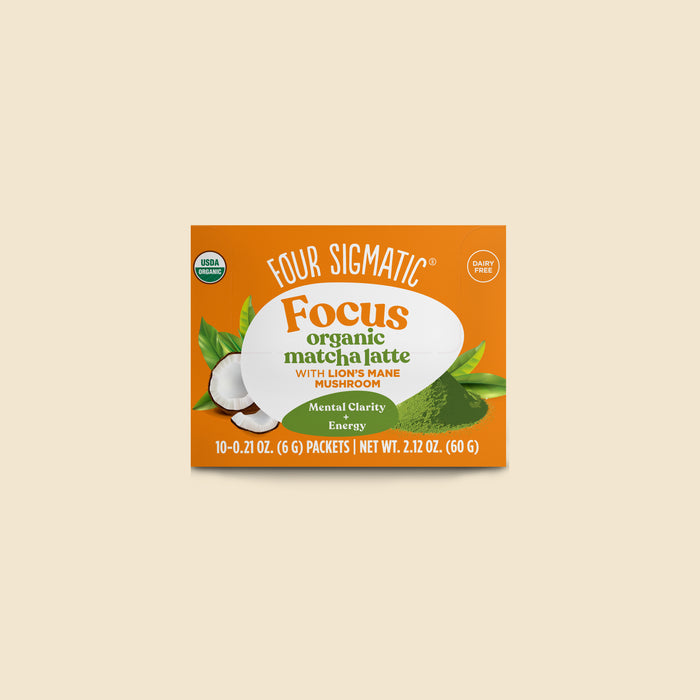
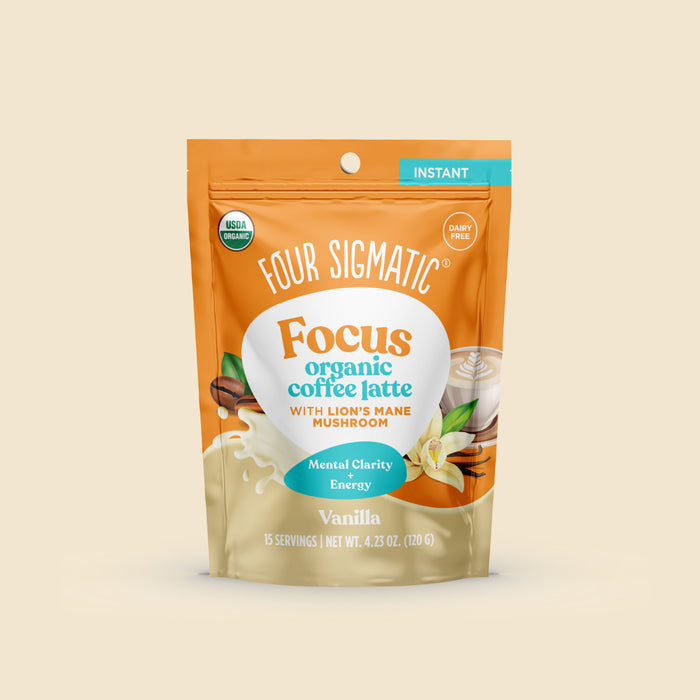
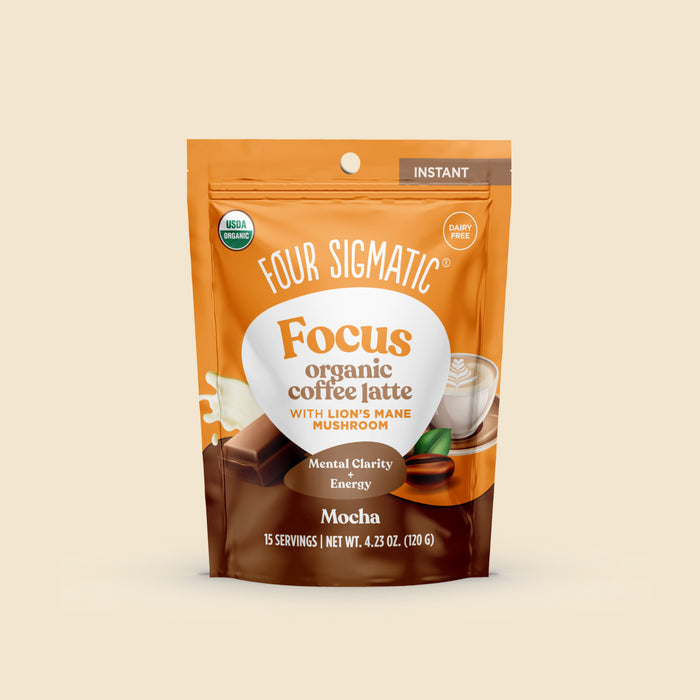
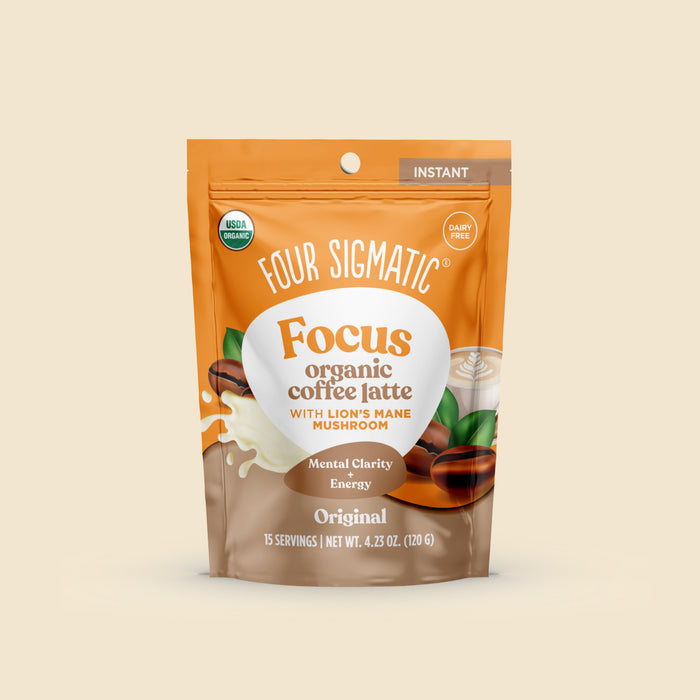
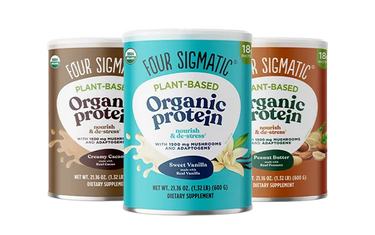 Proteins
Proteins
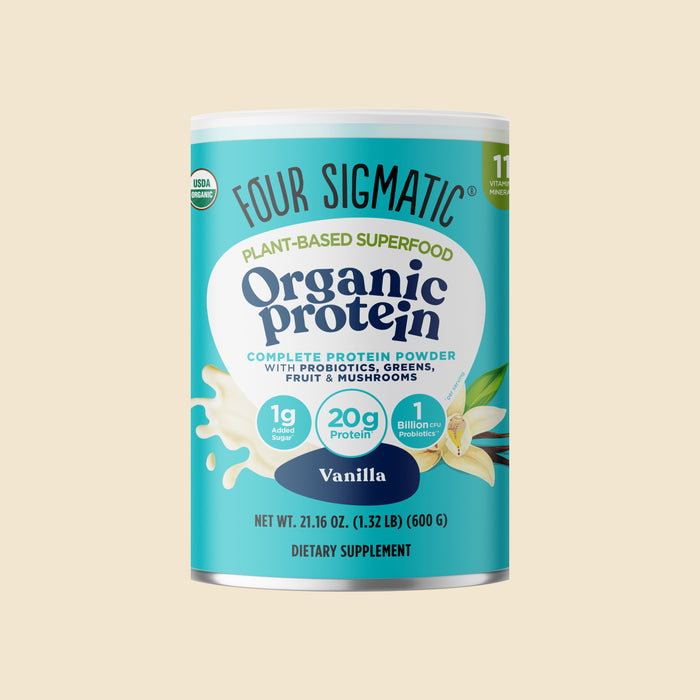
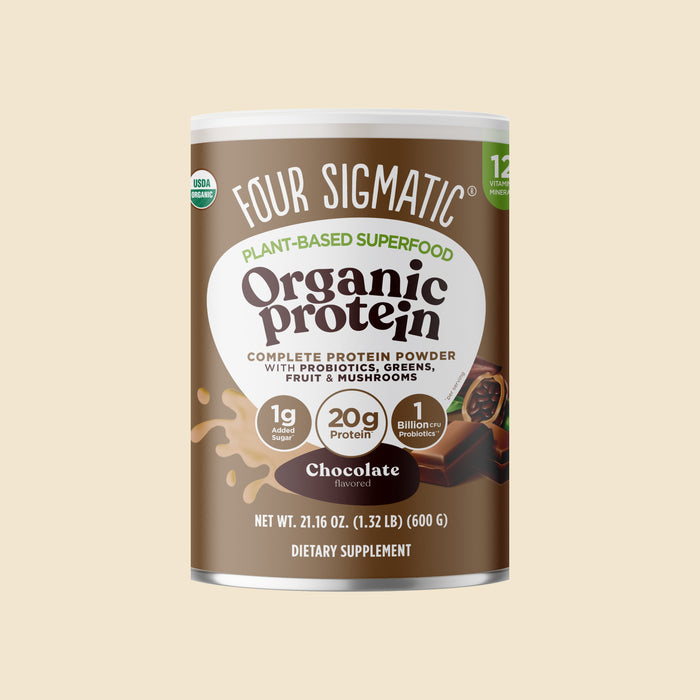
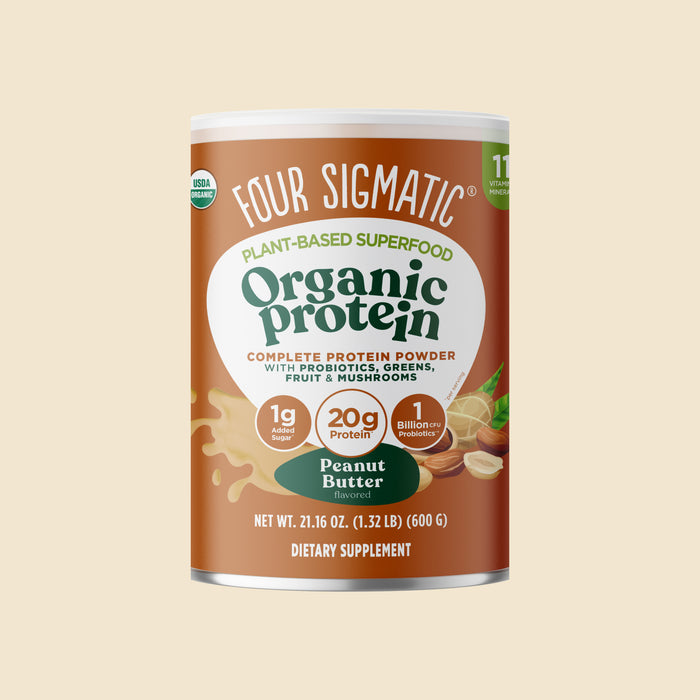
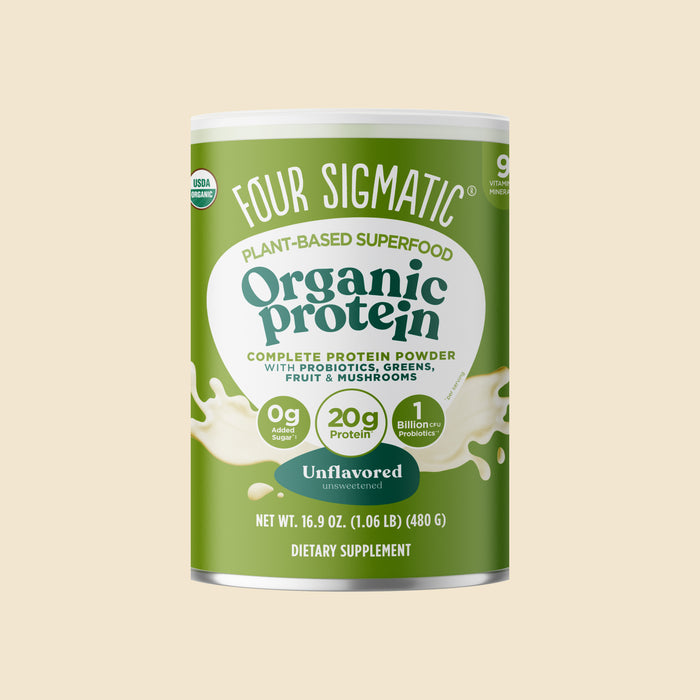
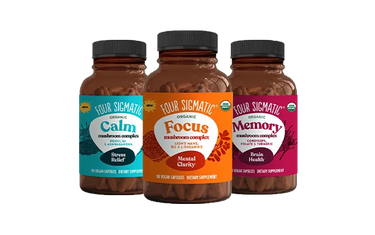 Supplements
Supplements
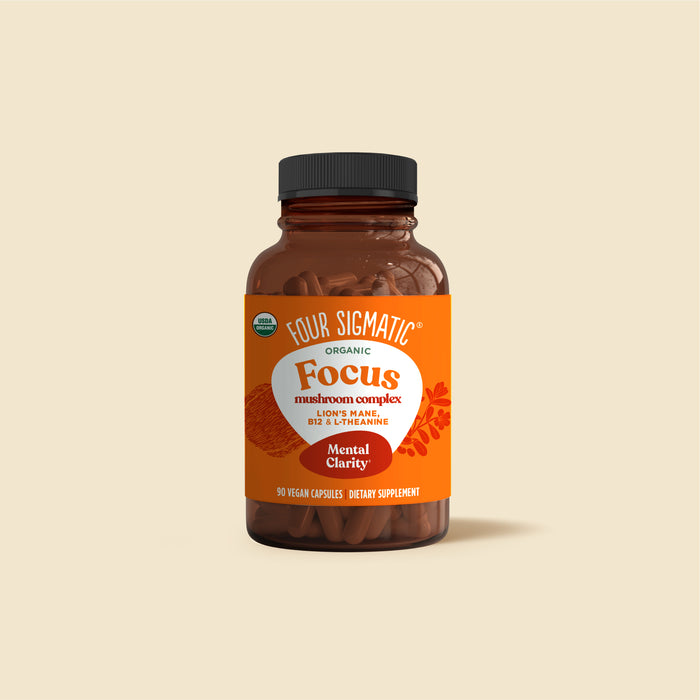
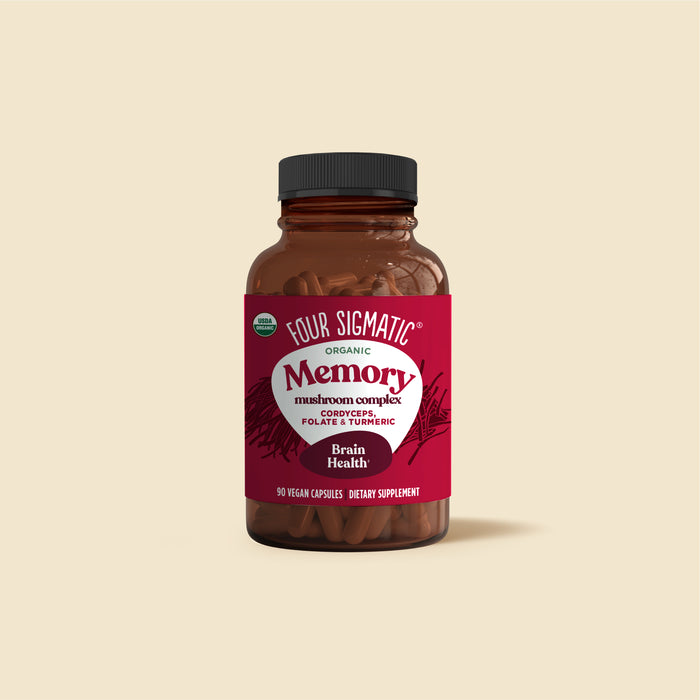
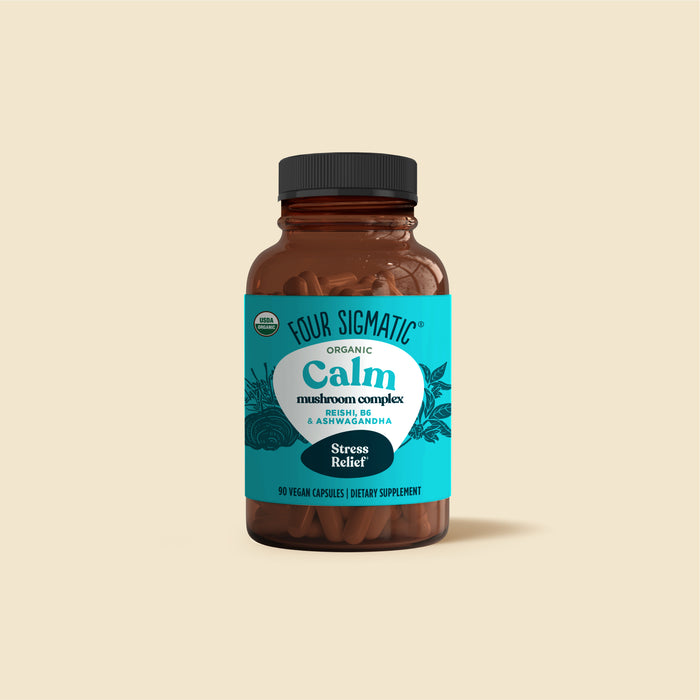
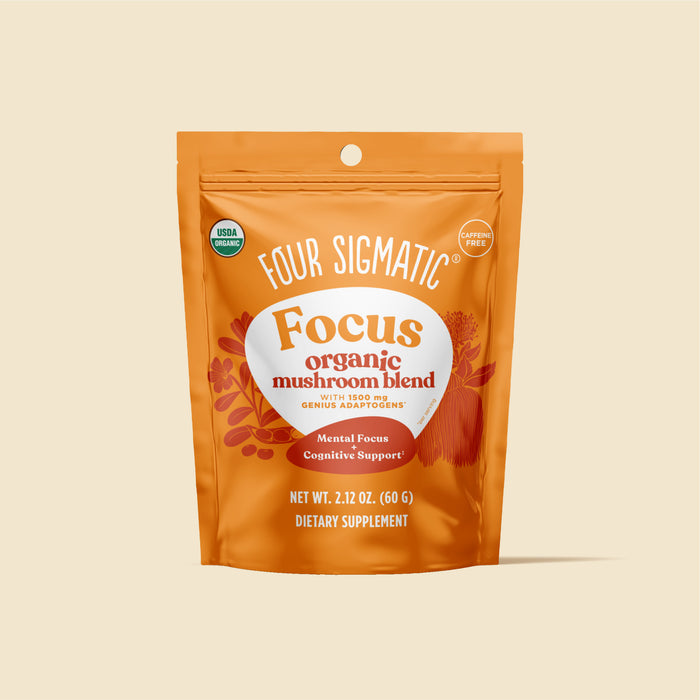
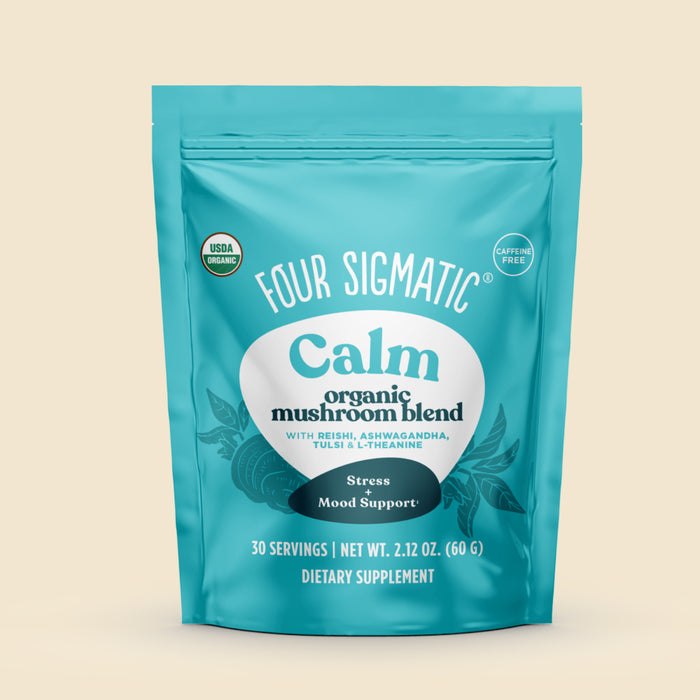
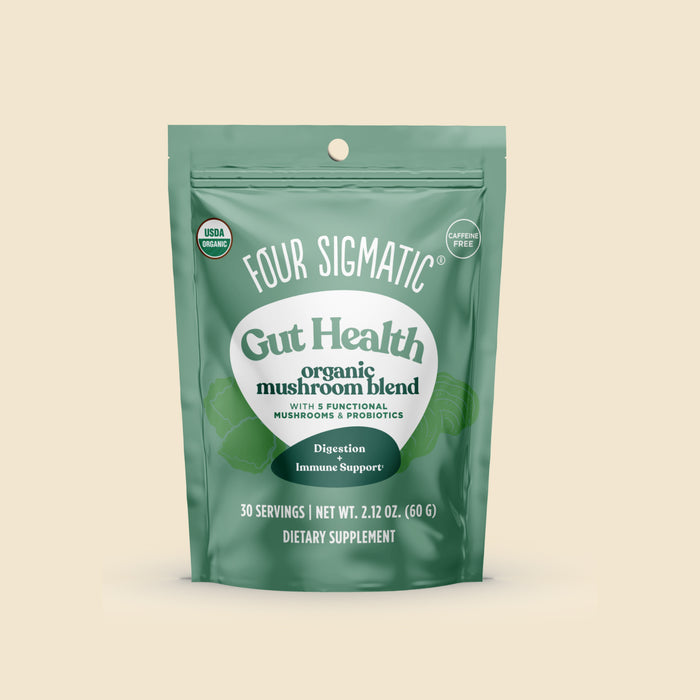

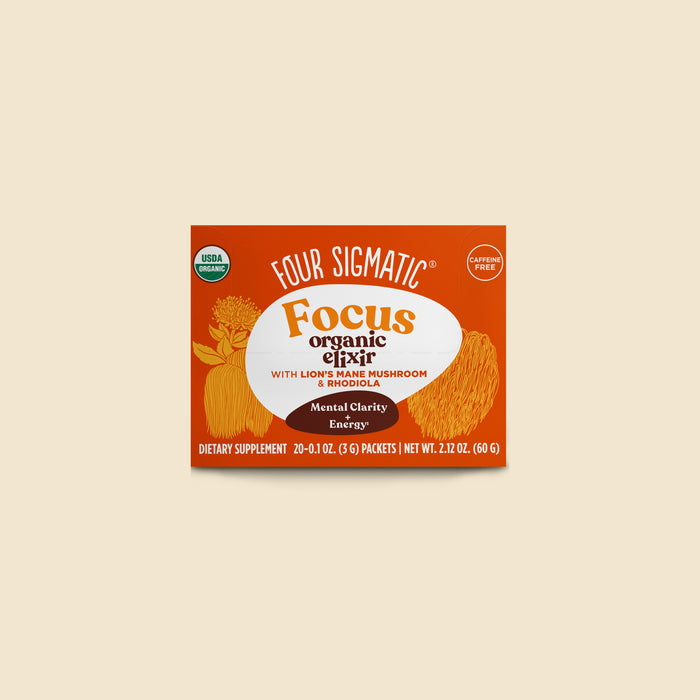
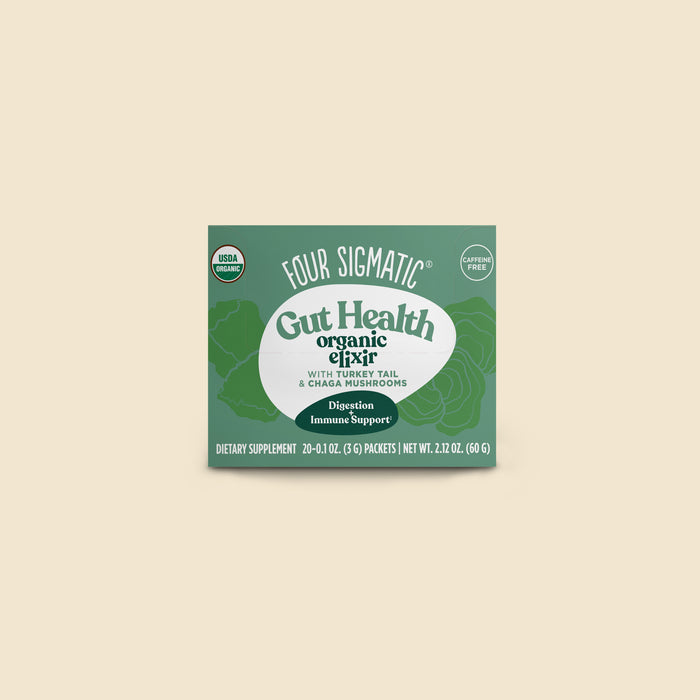
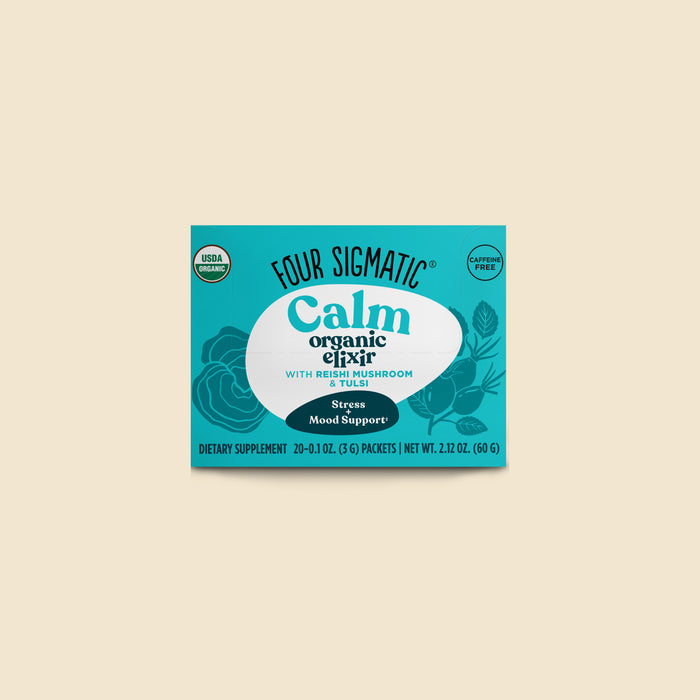
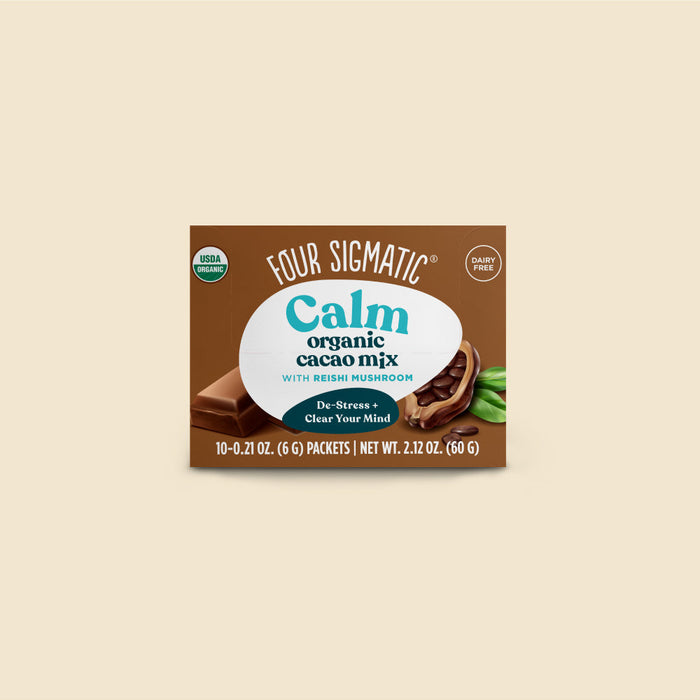
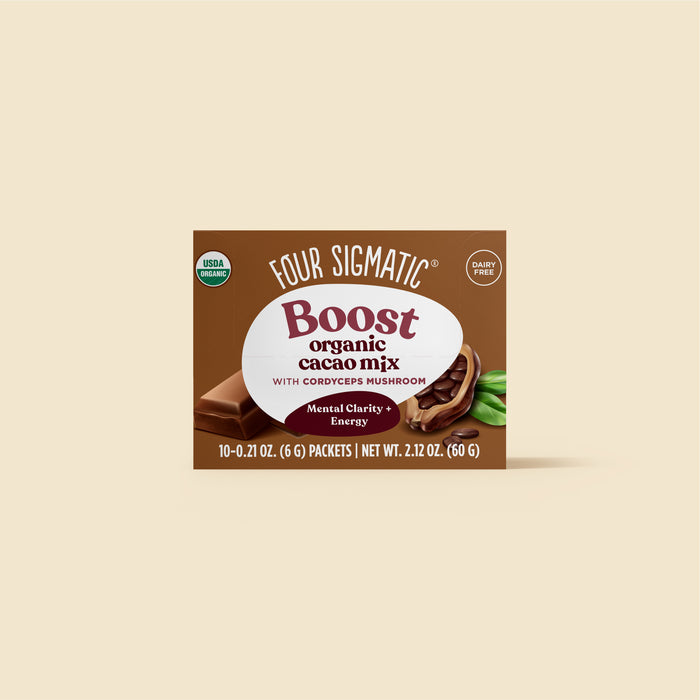
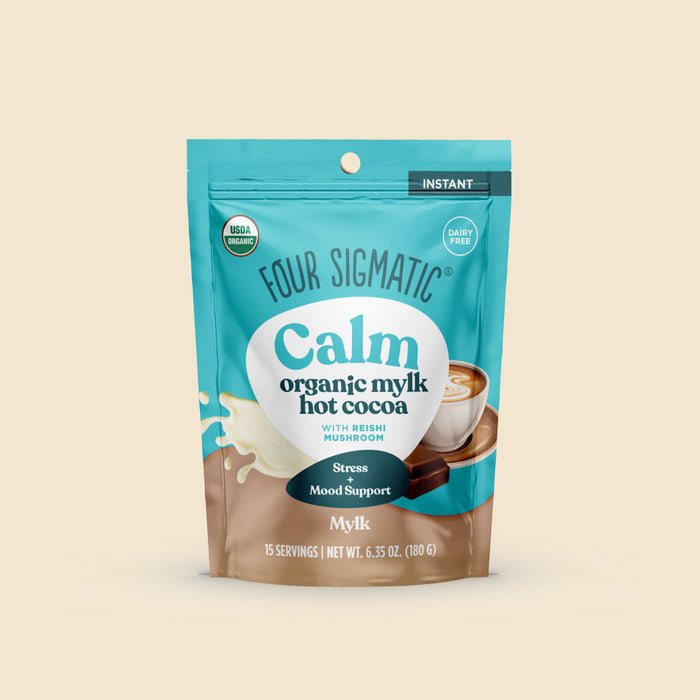
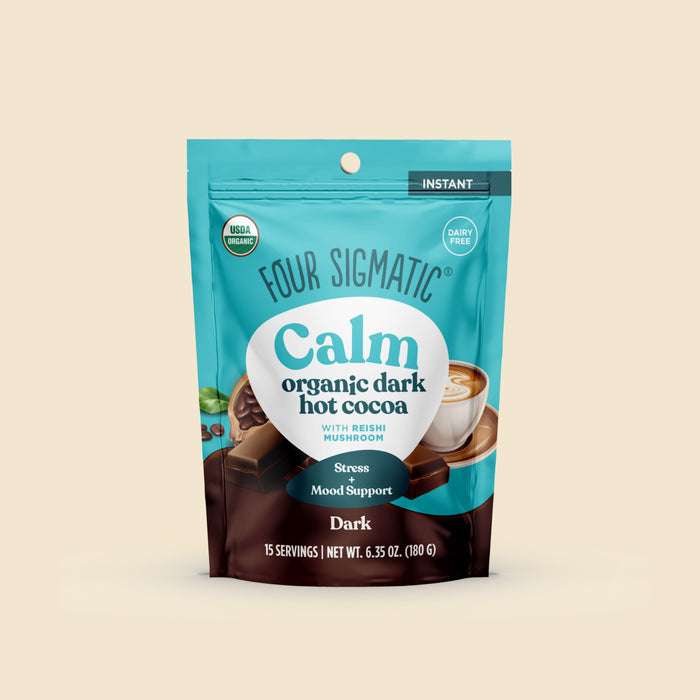
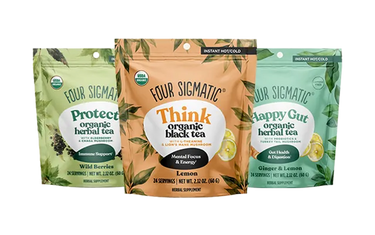 Instant Teas
Instant Teas
